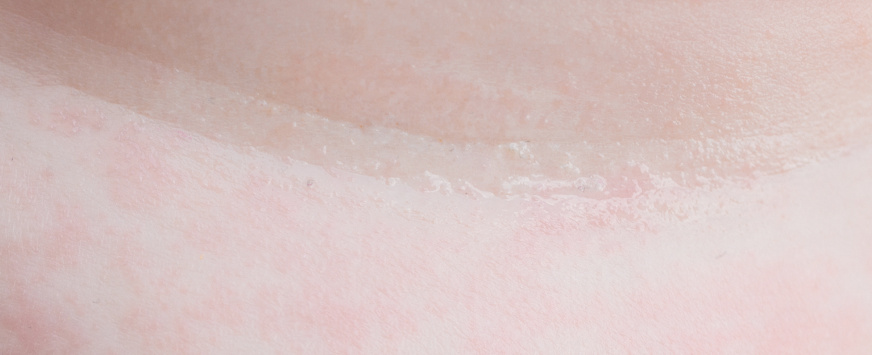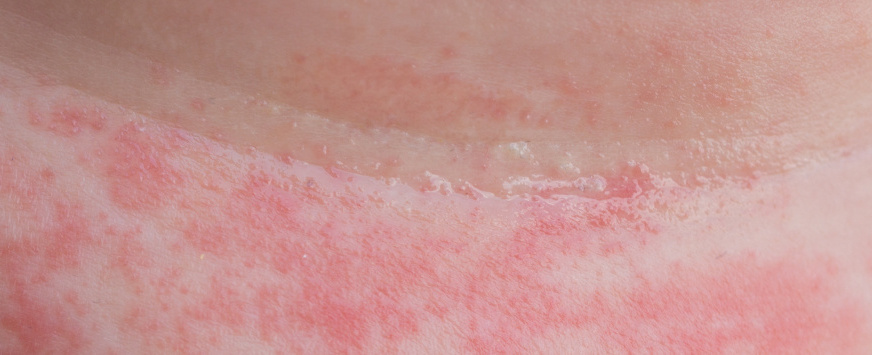Diaper rash, also known as diaper dermatitis, is a common skin irritation in infants and toddlers. It usually occurs due to the prolonged exposure of the skin to a wet or dirty diaper. However, there are different types of diaper rash with distinct causes and appearances.
DIAPER RASH
TYPES
Irritant Dermatitis
This is the most common form of diaper rash and is caused by prolonged exposure to wetness or stool in the diaper area.
Appears as red, chafed skin.
Bacterial Infection
Bacteria can enter the skin through cracks or cuts.
Symptoms include bright red skin, yellow crusting, or pus-filled pimples.
Candida (Yeast) Infection
A bright red rash with raised borders and “satellite” lesions (small red patches) a little distance away from the main rash.
It usually occurs after antibiotic use or when the baby has thrush.
Seborrheic Dermatitis (Cradle Cap)
A greasy, yellowish rash that can affect the diaper area as well as the scalp, face, and ears.
Not caused by poor hygiene or infection.
Allergic Dermatitis
Caused by baby wipes, diapers, laundry detergent, or a skincare product.
Appears as redness, swelling, blisters, or ulcers.
Recommendations
Change
Diapers Regularly
Make sure your baby’s diaper is always clean and dry.
Wash
Hands
Always wash your hands before and after changing diapers to prevent bacterial or yeast contamination.
Choose the Right
Diaper Size
Too tight or too loose diapers can cause friction.
Watch Your
Baby’s Diet
Starting new foods can increase the frequency of stools, which can cause diaper rash. If your child has started eating solid foods, try to identify and eliminate any food that appears to irritate their skin.
Gentle
Cleaning
Avoid vigorous rubbing when cleaning the diaper area. Use mild, fragrance-free soaps.
Use Fragrance-Free
Products
Choose diapers, wipes, and laundry detergents without perfumes or fragrances.
Use
Barrier Creams
Apply a thick layer of a barrier cream, like zinc oxide, during each diaper change.
Air
Exposure
Allow some diaper-free time daily, ensuring your baby’s skin is entirely dry before putting on a new diaper.
Lastly, always monitor the rash’s progression. If it spreads, becomes more painful, or doesn’t improve within a few days, consult your Pediatric Dermatologist. They can provide guidance on appropriate treatments and determine if there’s an underlying issue causing the rash.



